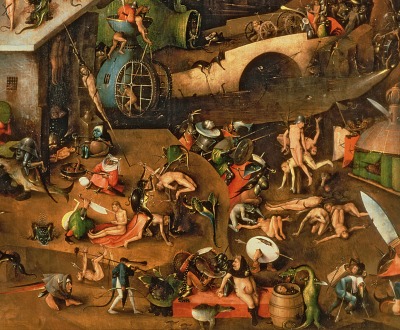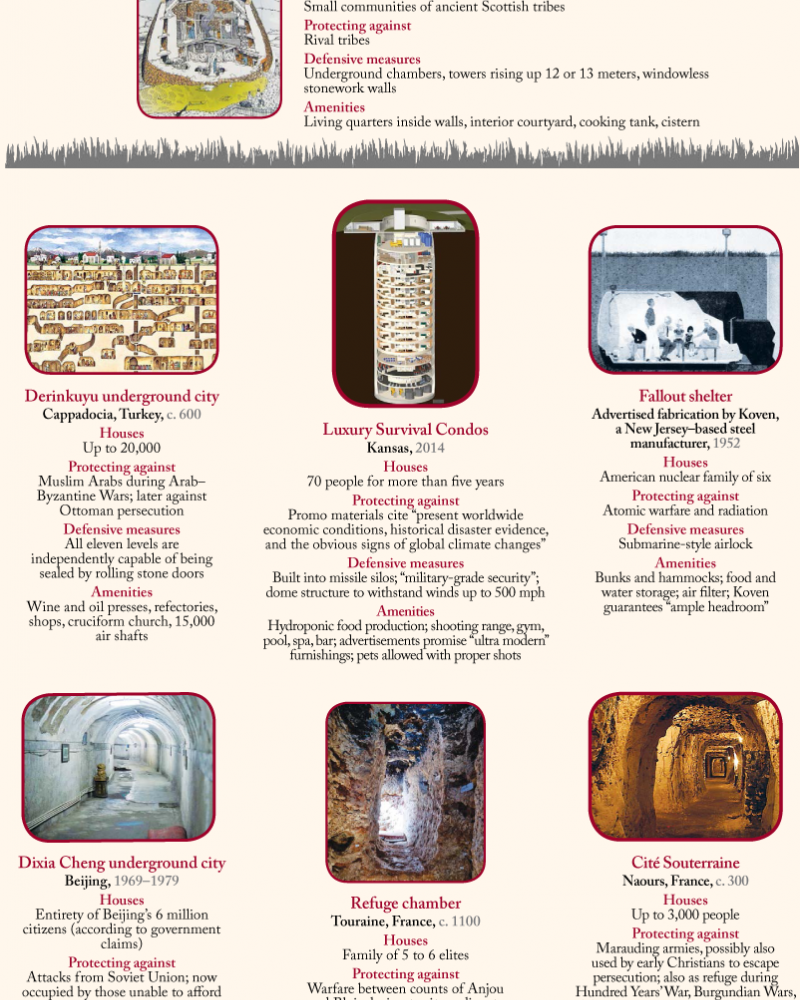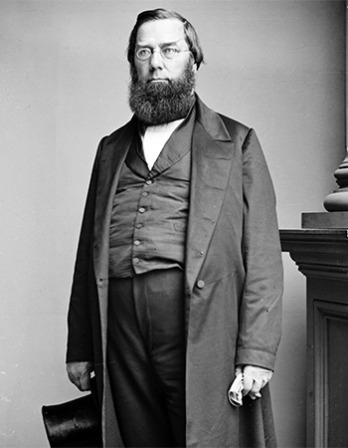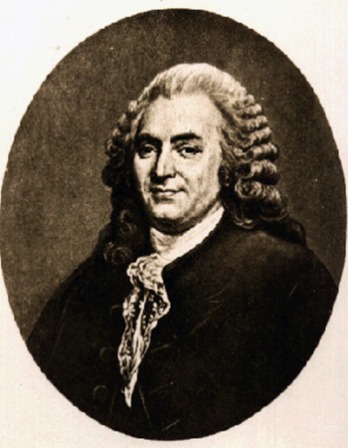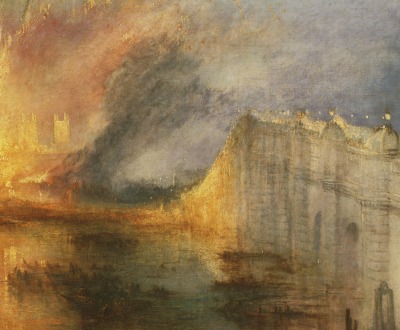
The Burning of the Houses of Lords and Commons, October 16, 1834, by Joseph Mallord William Turner, c. 1835. © The Philadelphia Museum of Art / Art Resource.
VIEW:
Miscellany
When Albert Einstein visited Beno Gutenberg, a seismologist at Caltech, in 1933, the two strolled around the Pasadena campus while Gutenberg explained earthquake science. Suddenly their wives arrived to inform them there had been a massive earthquake. “We had become so involved in seismology,” recalled Gutenberg later, “that we hadn’t noticed.”
When arms speak, the laws are silent.
—Cicero, 52 BC